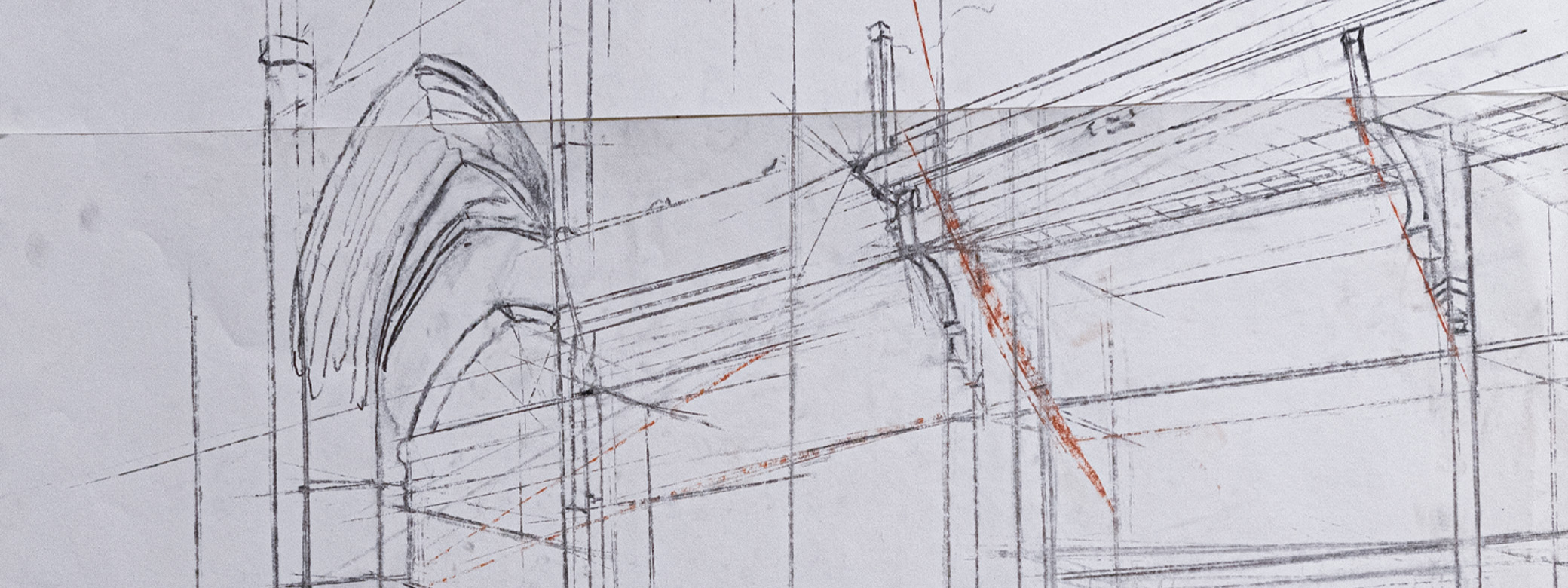Generally speaking, speculative design is used to provoke future-oriented thinking for the purpose of future planning but also to draw attention to issues in the present. This design-led lineage was formalized by Fiona Raby and Anthony Dunne, who often used the gallery space to display artifacts prompting viewers to consider future paradigms of technology. However, within the gallery space, the role of the viewer is usually passive, on the outside looking in. Since Dunne and Raby popularized speculative design, designers and researchers have sought to generate tools, methods, and discourse used to pursue critical inquiries. Building on early SD, design researchers sought to make the viewer more central to these speculative exercises, to involve them more viscerally and experientially. Compared to seeing Speculative Design in an exhibition Speculative Enactments offer a dramatic shift in the way in which the viewer takes part in the work, becoming actively involved in scenarios that they themselves play out. These scenarios are both speculative and consequential for the participant. The power of a Speculative Enactment lies in the tension between abstract and concrete, between speculative and consequential. Through my work, I will look to add to previous work by creating speculative enactments that play out on Amazon.com. In this work, Amazon will become a sort-of playground, to deploy several Speculative Enactments to engage with sellers, buyers, and contractors, all of whom affect and shape each other's experience in the Amazon.
Additional information on the Graduate Showcase website.
